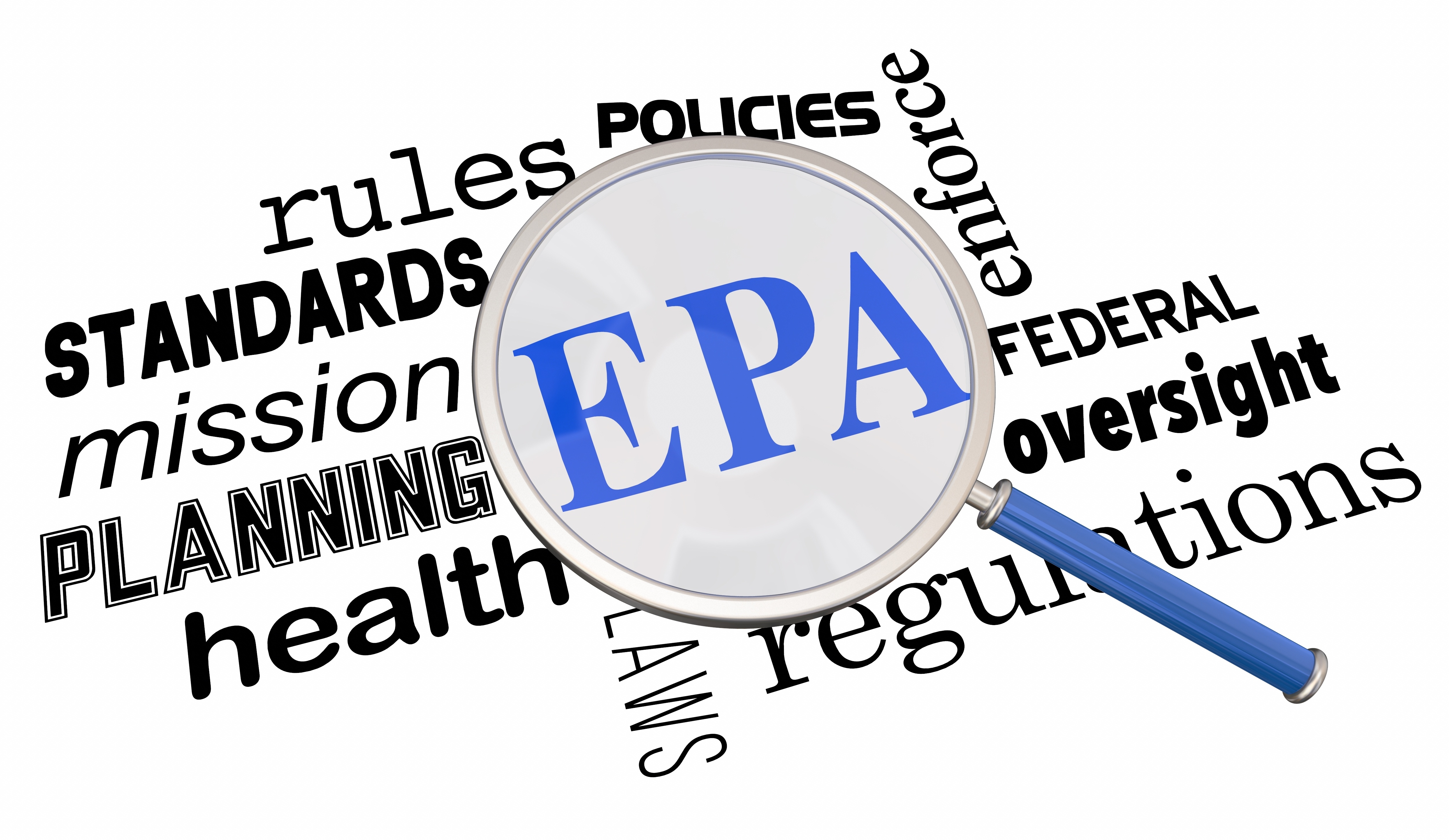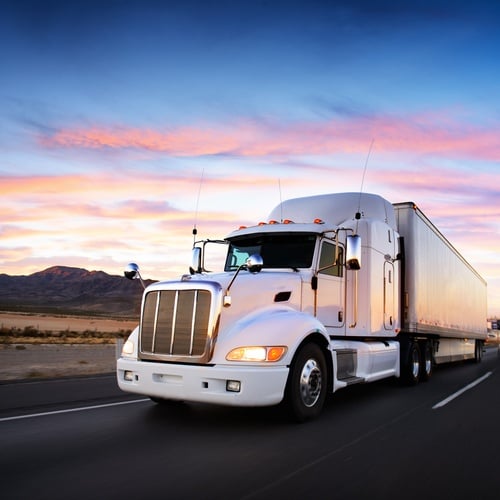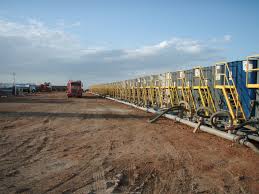The US House of Representatives passed legislation this week voting to overturn California’s Advanced Clean Truck Rule and Advanced Clean Cars II Rule. However, (much like a lot of the breaking news we’ve seen the past few months), the decision may not be allowed to be upheld legally.
ESG & Industry Updates
US House Challenges California Emissions Rules; Massachusetts Delays Enforcement
Posted by Kelly Burke on May 2, 2025 3:20:37 PM
Topics: Massachusetts, Emissions, ACT
As we have been discussing, the US National Blueprint for Transportation Decarbonization breaks the Transportation sector into seven categories, each of which has its own targets for emission reduction/elimination, and strategies for how those declines in emissions will be achieved. The next category addressed in the Blueprint by emissions % is the Maritime Sector.
Topics: Marinas, Emissions, Biden Administration, Carbon Capture, decarbonization
Transportation Decarbonization: Medium & Heavy Duty Vehicles
Posted by Kelly Burke on Jan 30, 2023 1:07:12 PM
As we have been discussing, the US National Blueprint for Transportation Decarbonization breaks the Transportation sector into seven categories, each of which has its own targets for emission reduction/elimination, and strategies for how those declines in emissions will be achieved. The second segment by emission % is Medium- and Heavy-Duty Vehicles.
Topics: EPA, Carbon Emissions, Emissions, Biden Administration, paris accord, decarbonization
Transportation DeCarbonization Blueprint: Light Duty Vehicles
Posted by Kelly Burke on Jan 20, 2023 10:41:32 AM
The US National Blueprint for Transportation Decarbonization splits the Transportation sector into seven categories of focus: Light-Duty Vehicles, Medium- and Heavy-Duty Vehicles, Off-Road, Rail, Maritime, Aviation, and Pipelines. We will discuss the major items involved in each of these, from largest % of carbon share to least, starting with Light Duty Vehicles.
Light-Duty Vehicles produce 49% of current transportation emissions (of note, for the purposes of the Blueprint “current” refers to 2019 levels due to the pandemic and related shutdowns making 2020 & 2021 data unreliable/useless).
Topics: EV Charger, EPA, Carbon Emissions, Emissions, Biden Administration, ev, DOT, decarbonization
Oh Truck No! Three Northeast States Adopt Zero Emission Vehicle Rules
Posted by Kelly Burke on Mar 23, 2022 10:31:17 AM
The Advanced Clean Truck Rule, first adopted in California, has been adopted by three Northeastern States as well - namely, Massachusetts, New York & New Jersey. The rule requires an increasing percentage of medium & heavy duty trucks sold to be Zero Emission Vehicles (ZEV), beginning in 2025. The Act requires manufacturers to participate in a credit/deficit program to increase the number of ZEVs sold in the state, and a one time report detailing in-state operation of vehicles over 8500lb to "inform future decisions about emission reductions from the transportation sector".
Topics: Massachusetts, Climate Change, Carbon Emissions, Emissions, environmental justice
Obama Admin,EPA to Propose New Fuel Standards for Trucks Today
Posted by Ed Burke on Jun 19, 2015 12:30:00 PM
The Obama Administration, EPA and DOT are set to unveil new proposed regulations today aimed at reducing fuel use and curbing emissions in trucks as part of the push for regulations aimed at stemming Climate Change.
Topics: EPA Mandate, Carbon Emissions, Emissions, fuel efficiency
Topics: Natural Gas Pipeline Explosion, Fracking, Climate Change, Carbon Emissions, Emissions
Subscribe to Email Updates
Recent Posts
Posts by Topic
- Carbon Emissions (42)
- Climate Change (32)
- renewable energy (31)
- Oil & Energy Magazine (27)
- EPA (24)
- Massachusetts (21)
- Biden Administration (18)
- decarbonization (15)
- Biodiesel (12)
- natural gas (12)
- EPA Mandate (11)
- RFS (11)
- Solar (11)
- Biofuels (10)
- Keystone XL (10)
- methane (10)
- offshore wind (9)
- Clean Energy (8)
- Energy Independence (8)
- Energy Infrastructure (8)
- Safety (8)
- Biodiesel Tax Credit (7)
- Emissions (7)
- Ethanol (7)
- ev (7)
- Cellulosic Ethanol (6)
- EV Charger (6)
- RINs (6)
- Trump Administration (6)
- environmental justice (6)
- Fracking (5)
- Inflation Reduction Act (5)
- Technology (5)
- US Crude Exports (5)
- electric vehicles (5)
- maine (5)
- tesla (5)
- ACT (4)
- Mass DOER (4)
- TransCanada (4)
- Utility Rates (4)
- battery (4)
- fuel management (4)
- massachusetts biodiesel mandate (4)
- obama (4)
- paris accord (4)
- remote tank monitoring (4)
- CARB (3)
- CRUDE (3)
- Carbon Capture (3)
- Clean Fuel Production Credit (3)
- E85 (3)
- Emergency Fuel (3)
- Massachusetts Clean Cities (3)
- Waste Feedstock Biodiesel (3)
- china (3)
- clean power plan (3)
- net-zero (3)
- renewable diesel (3)
- solid state battery (3)
- AI (2)
- AVs (2)
- Bioheat (2)
- Commodities (2)
- Congress (2)
- Customer Service (2)
- DOT (2)
- EIA (2)
- Emergency Generator Program (2)
- HFCs (2)
- Hurricane Sandy (2)
- IMO 2020 (2)
- MIT (2)
- Marinas (2)
- New York (2)
- Refinery Closures (2)
- Safe Driving Policy (2)
- TCI (2)
- US Energy Boom (2)
- ZEV (2)
- autonomous vehicles (2)
- clean air act (2)
- coal (2)
- driver shortage (2)
- electricity rates (2)
- emergency response (2)
- environment (2)
- ferc (2)
- geothermal (2)
- hydro-electric (2)
- hydrogen (2)
- national grid (2)
- net metering (2)
- power plant emissions (2)
- railcar regulations (2)
- tariff (2)
- vineyard wind (2)
- API (1)
- Air conditioning (1)
- Baiji Refinery (1)
- Blend Wall (1)
- Brent Crude (1)
- Brent vs WTI (1)
- CFCs (1)
- Cell Phone Policy (1)
- Clean Water Act (1)
- DEF (1)
- Election Results (1)
- Electrical Grid (1)
- Energy Efficiency (1)
- Environmental Impact Study (1)
- Environmentally Friendly Products (1)
- Ethanol Tax Credit (1)
- FEMA (1)
- Fiscal Cliff (1)
- Gas Tax (1)
- Gasoline Supply Crunch (1)
- HDVC (1)
- Hazmat (1)
- Heat Tax (1)
- Highway Trust Fund (1)
- Holyoke (1)
- Hybrid (1)
- ISIS (1)
- Iraq (1)
- Kigali Amendment (1)
- MOC (1)
- Market analysis (1)
- Mayflower (1)
- Montreal Protocol (1)
- NORA (1)
- Natural Gas Pipeline Explosion (1)
- New Jersey (1)
- Oil Barrel Tax (1)
- PFC (1)
- Pegasus Pipeline (1)
- Propane Autogas (1)
- Stimulus (1)
- Syria (1)
- Tank Truck Safety Training (1)
- Tax Increases (1)
- Tier 3 Gasoline Standard (1)
- Times Square (1)
- VEEP (1)
- Workplace Risk (1)
- agriculture (1)
- algonquin pipeline (1)
- alternative energy (1)
- altwheels (1)
- astm (1)
- bionic leaf (1)
- bitcoin (1)
- boston (1)
- clean heat standard (1)
- covid-19 (1)
- energy storage (1)
- eversource (1)
- export ban (1)
- fixed pricing (1)
- fuel (1)
- fuel efficiency (1)
- fuel marketers news (1)
- gas leaks (1)
- heating oil (1)
- hurricane harvey (1)
- inflation (1)
- irving oil (1)
- marketing (1)
- nuclear (1)
- online fuel buying (1)
- ozone (1)
- photovoltaic (1)
- pilot program (1)
- pipeline (1)
- power plants (1)
- propane (1)
- renewable natural gas (1)
- russia (1)
- sanctions (1)
- senate (1)
- shale (1)
- social media (1)
- social media for business (1)
- space (1)
- tablets (1)
- tennessee pipeline (1)
- ukraine, (1)
- value added services (1)





